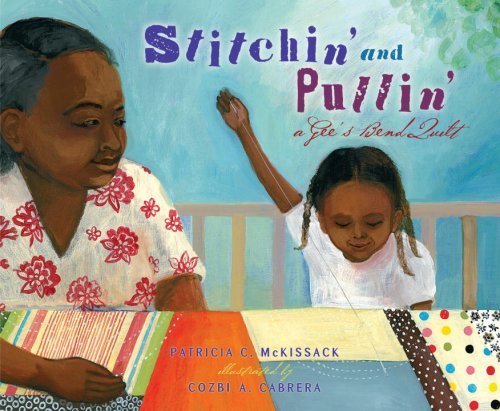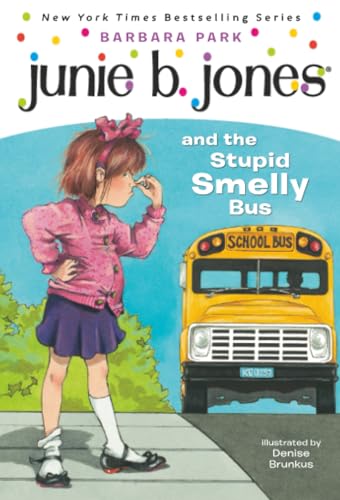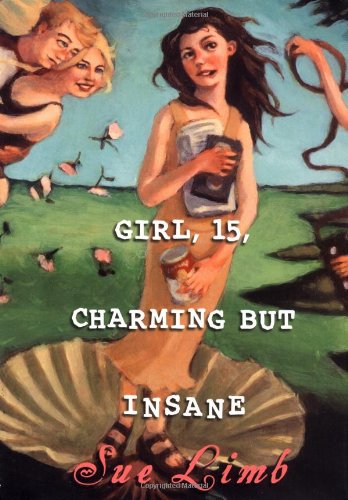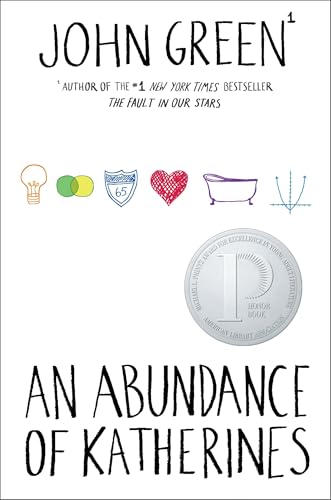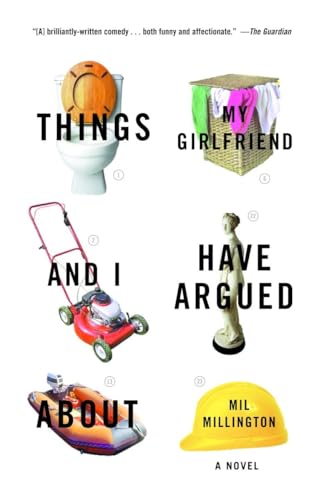These education policies will open the doors of opportunity for our children, but it is up to us to ensure they walk through them. In the end, there is no program or policy that can substitute for a parent, for a mother or father who will attend those parent-teacher conferences, or help with homework, or turn off the TV, put away the video games, read to their child.Yes! It fits in wonderfully with the concept of Share a Story, Shape a Future. The initiative looks wonderful, and I hope to play a part in some way when it hits the KidLitosphere come March. I kind of missed the boat when I lost the messages in my overstuffed email box.
Through a perhaps ridiculously diligent process, I was able to bring my emails down to 1300 from 3447 on a first-look, barely skimming, toss-the-trash weeding. I also moved groups of emails to folders because they will be easier to deal with at one time rather than as I come across them. My husband did something techie to my computer that appears to be helping, and I also found that I was having more luck using my daughter’s computer account. I’m going to keep plugging at it because those extra emails are simply computer clutter.
Speaking of clutter, an article in School Library Journal talks about cluttered houses in terms of their impact on early literacy. This is gonna hurt...
Household order — characterized by regular bedtime routines, mealtimes, and chores, as well as cleanliness and being able to stay on top of things — has a positive effect on a range of early reading abilities, the report says.Well, so much for that. Thanks to Charlotte’s Library for pointing it out, and making me laugh with her own experience.
Another shared experience caught my attention this morning as Maw Books asks for the most horrific way you’ve ever ruined a book. She already has thirty responses, and yes, one of them is mine. And no, I’m not proud.
I had to assume that she was talking about accidental book disfigurement, because otherwise I’m in real trouble with my new hobby of book altering. The one week I had few school activities and few scheduled work days, I wasted with a box of old schoolbooks and an Exacto knife. I had a lot of fun though, and I think it released some of the mental pressure I was feeling with booking the KidLitosphere Conference...
Which is now, officially, set for the weekend of October 16th–18th at the Sheraton Crystal City Hotel! I’m sending in the contract today, so it’s too early to book your room, but I’ll let you know. I can tell you that the rate is $109 per night, the conference cost should be around $100 with a breakfast and dinner for Saturday included. As we’ve done in the past, Friday will feature a dinnertime outing to some local place for whomever can come. Saturday will be the conference and dinner. Sunday will be some Washington, DC, adventure — to be determined. I’ll be working on session ideas and maybe even speakers...
Like this guy, my dream speaker. Because if you’re going to dream, dream big. I forgot how much I enjoyed his videos because they aren’t on my feed, but fortunately Bookshelves of Doom reminded me with this one:
Edited to add: For more videos, podcasts, and regular old posts, don’t miss the newest Carnival of Children’s Literature. It rocks!

